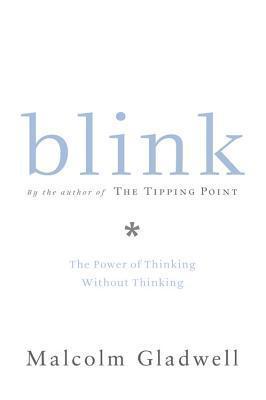Gladwell introduces the concept of the "Warren Harding Error," named after the U.S. president who was elected largely based on his appearance rather than his qualifications. This chapter explores how our rapid judgments can sometimes lead us astray, particularly when we allow superficial traits to override more relevant information.
Warren Harding was elected president largely because he "looked presidential". Physical appearance, height, and other irrelevant factors often play a disproportionate role in how we judge others. These snap judgments can have serious consequences in areas like hiring, promotions, and elections
Section: 1, Chapter: 3
Gladwell explores the concept of "priming" - how subtle cues in our environment can unconsciously influence our behavior and decisions. He describes several fascinating experiments:
- People who unscrambled sentences with words related to the elderly walked more slowly afterwards
- Students primed with words related to intelligence performed better on trivia tests
- African American students who were reminded of their race before a test performed worse due to stereotype threat
Section: 1, Chapter: 2
Gladwell presents the case of Bob Golomb, a highly successful car salesman who attributes his success to treating all customers equally, regardless of their appearance. This approach contrasts sharply with the industry norm, where salespeople often make snap judgments about customers' buying potential based on race, gender, or dress.
Golomb's approach:
- Assumes every customer has an equal chance of buying
- Avoids prejudging based on appearance
- Focuses on understanding each customer's needs
Section: 1, Chapter: 3
Gladwell introduces the Implicit Association Test (IAT), a tool developed by psychologists to measure unconscious biases. The IAT reveals how deeply ingrained certain associations are in our minds, often contradicting our consciously held beliefs.
How the IAT works:
- Participants rapidly categorize words or images
- The speed of categorization reveals underlying associations
- Many people show bias even when they consciously reject prejudice
Gladwell takes the Race IAT himself and discovers his own unconscious biases, demonstrating how pervasive these hidden associations can be.
Section: 1, Chapter: 3
Malcolm Gladwell introduces the concept of "thin-slicing" - the ability to make quick judgments based on limited information. He argues that these rapid cognitions can often be as accurate or more accurate than careful, deliberate decision-making. Gladwell provides several compelling examples:
- Art experts instantly recognizing a fake Greek statue at the Getty Museum
- Psychologist John Gottman predicting divorce with 95% accuracy after watching just an hour of a couple's interaction
- Tennis coach Vic Braden instinctively knowing when a player will double-fault
Section: 1, Chapter: 1
"Most of us, in ways that we are not entirely aware of, automatically associate leadership ability with imposing physical stature."
Gladwell uses this quote to introduce his discussion of how physical attributes, particularly height, influence our perceptions of others. He cites research showing that a disproportionate number of CEOs are tall, and that height correlates with salary even when controlling for other factors. This demonstrates how our unconscious biases can have real-world impacts on people's careers and lives.
Section: 1, Chapter: 3
Gladwell examines the shooting of Amadou Diallo, an unarmed Black man killed by New York City police officers in 1999. He uses this tragic incident to illustrate how mind-reading can fail under stress and time pressure.
The officers misinterpreted Diallo's actions as threatening, as stress and preconceived notions led to a cascading series of misjudgments. This case highlights the importance of creating conditions that allow for accurate mind-reading in high-stakes situations.
Section: 1, Chapter: 6
Gladwell introduces the concept of "sensation transference," developed by marketing expert Louis Cheskin. This principle states that people unconsciously transfer sensations or impressions from the packaging of a product to the product itself.
Examples of sensation transference:
- Changing margarine's color to yellow made it taste more like butter to consumers
- The weight and sound of a car door closing influences perceptions of the car's quality
- The packaging of a product can significantly affect taste perceptions
Section: 1, Chapter: 5


